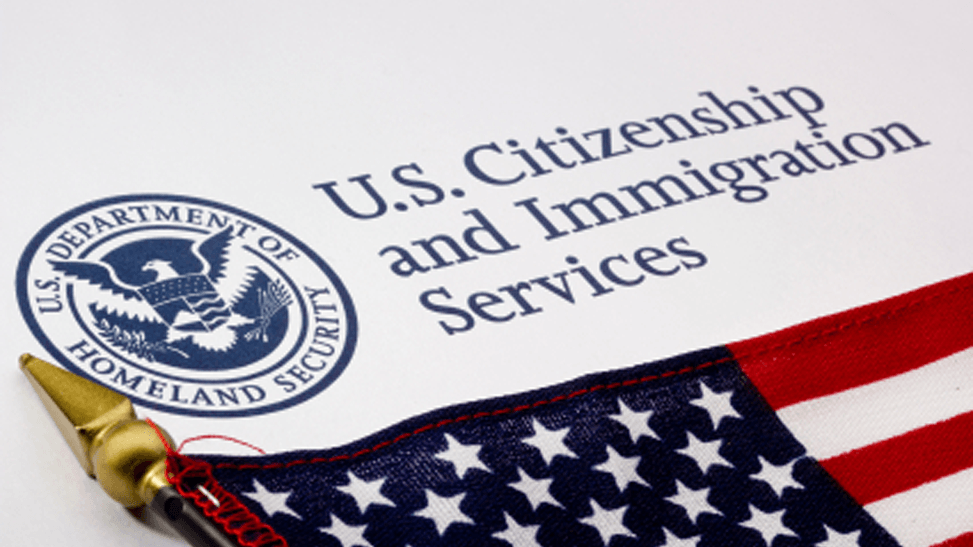Entendiendo el Memorando del 28 de enero de 2025, “Vacatur” sobre el Estatus de Protección Temporal para Venezuela (TPS Venezuela)
Click here to read this article in English
El 28 de enero de 2025, la Secretaría de Seguridad Nacional, Kristi Noem, anuló la decisión del 10 de enero de 2025 del anterior secretario, Alejandro Mayorkas, que había prorrogado la designación de 2023 del Estatus de Protección Temporal (TPS por sus siglas en inglés) para Venezuela y ordenó que se anulara su notificación del 17 de enero de 2025 que volvía a designar el TPS para Venezuela. Esta acción, comprensiblemente, ha causado confusión y preocupación entre los beneficiarios de TPS de Venezuela y aquellos con solicitudes pendientes.
Es fundamental aclarar que
esto no significa que el programa de TPS para Venezuela ha sido eliminado. Por el contrario, el Departamento de Seguridad Nacional (DHS por sus siglas en inglés) ahora debe reconsiderar si volver a designar (extender) o terminar las designaciones anteriores de TPS para Venezuela de 2021 y 2023.
¿Qué significa el Vacatur?
Debido a que la extensión de TPS del 17 de enero de 2025 fue anulada,
la designación de TPS válida más reciente para Venezuela sigue siendo la designación del 3 de octubre de 2023. El vacatur no afecta inmediatamente las protecciones de TPS para individuos cubiertos bajo las designaciones previas. Sin embargo, el DHS debe tomar decisiones clave en los próximos meses:
- Antes del 1 de febrero de 2025, el DHS deberá decidir si prorroga o revoca la designación del 3 de octubre de 2023.
- Antes del 12 de julio de 2025, el DHS deberá decidir si prorroga o revoca la designación del 9 de marzo de 2021.
- Si el secretario no toma una determinación oportuna (por ejemplo, si el secretario no tomara una determinación antes del 1 de febrero de 2025 sobre si extender o terminar la designación del TPS de Venezuela de 2023), entonces el estatuto prevé una extensión automática de la designación por un período adicional de 6 meses. INA 244(b)(3)(C), 8 U.S.C. 1254a(b)(3)(C).
Hasta que se tomen estas decisiones,
el TPS sigue en vigor bajo las designaciones anteriores, y aquellos a los que ya se les ha concedido el TPS no se ven afectados inmediatamente.
¿A quién afecta y qué debe hacer?
Titulares actuales de TPS
Si ya se le otorgó el TPS bajo las designaciones del 9 de marzo de 2021 o del 3 de octubre de 2023, su estatus sigue siendo válido. Debe continuar cumpliendo con todos los requisitos de reinscripción para mantener su protección y autorización de trabajo.
Período de reinscripción:
- Los beneficiarios del TPS bajo las designaciones de 2021 y 2023 deben reinscribirse entre el 17 de enero de 2025 y el 10 de septiembre de 2025 para mantener su estatus legal y autorización de trabajo.
Individuos con solicitudes de TPS pendientes al 17 de enero de 2025
Si usted solicitó TPS
antes del 17 de enero de 2025, bajo una designación previa,
su solicitud continuará siendo procesada. Si su solicitud es aprobada, su protección de TPS permanecerá válida por lo menos hasta el 2 de abril de 2025.
No es necesario volver a solicitarlo.
Personas que solicitaron el TPS entre el 10 de enero de 2025 y el 28 de enero de 2025
Si usted solicitó TPS durante este período,
USCIS dejará de procesar sus solicitudes y emitirá reembolsos de cualquier tarifa pagada en asociación con esas solicitudes. Adicionalmente, USCIS invalidará los EADs; Formularios 1-797, Notificación de Acción (Notificación de Aprobación); y Formularios 1-94, Registro de Llegada/Salida (conocidos colectivamente como documentación relacionada con el TPS) que hayan sido emitidos con fecha de expiración del 2 de octubre de 2026 bajo la Notificación Mayorkas del 17 de enero de 2025.
¿Qué pasará después?
Dado el apoyo previo de la administración Biden al TPS,
muchos esperan que el DHS extienda o reasigne a Venezuela para el TPS en lugar de terminarlo. Sin embargo,
no se ha tomado una decisión final, y los ciudadanos venezolanos con TPS o solicitudes pendientes deben continuar siguiendo de cerca las actualizaciones.
¿Qué debe hacer ahora?
- Si actualmente tiene TPS, continúe cumpliendo con todos los requisitos de renovación del TPS y manténgase al tanto de las próximas decisiones del DHS.
- Si usted tiene una solicitud pendiente, revise las actualizaciones de USCIS regularmente y consulte con un abogado de inmigración para la orientación más reciente.
- Si usted solicitó entre el 17 de enero de 2025 y el 28 de enero de 2025, busque asesoría legal para entender cómo el Vacatur puede afectar su solicitud.
Manténgase informado y obtenga orientación legal
Nuestra firma de inmigración está siguiendo de cerca estos acontecimientos y proporcionará actualizaciones tan pronto como el DHS tome su decisión. Si usted tiene preguntas acerca de su estatus de TPS o cómo este memorando afecta su caso, póngase en contacto con nuestra oficina hoy para una consulta.
Para más información, consulte el anuncio oficial del DHS sobre el Vacatur:
Vacatur of 2025TemporaryProtected Status Decision for Venezuela.
Este blog no pretende ser una asesoría legal y nada aquí debe interpretarse como el establecimiento de una relación abogado-cliente. Programe una consulta con un abogado de inmigración antes de actuar sobre cualquier información que aquí
lea.






